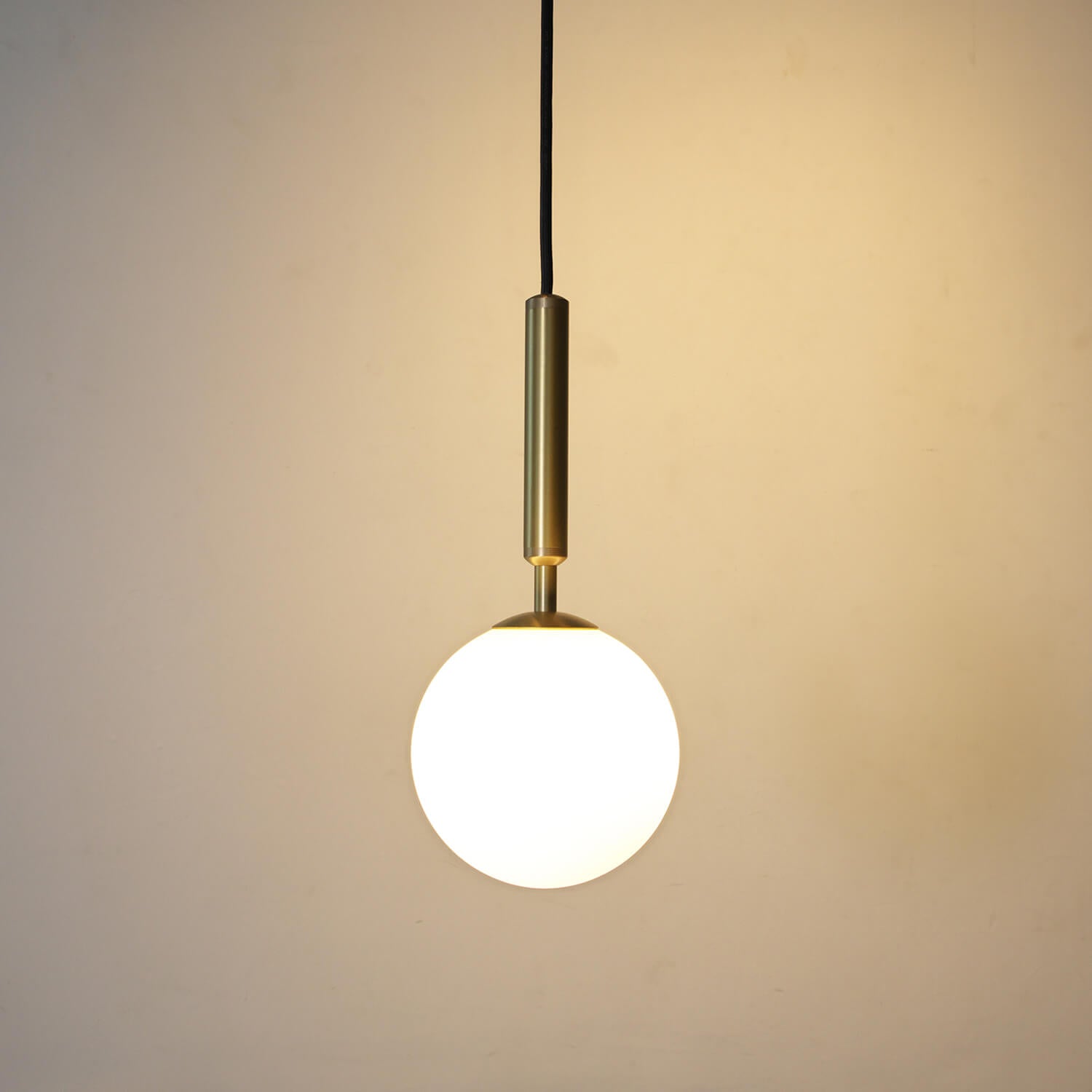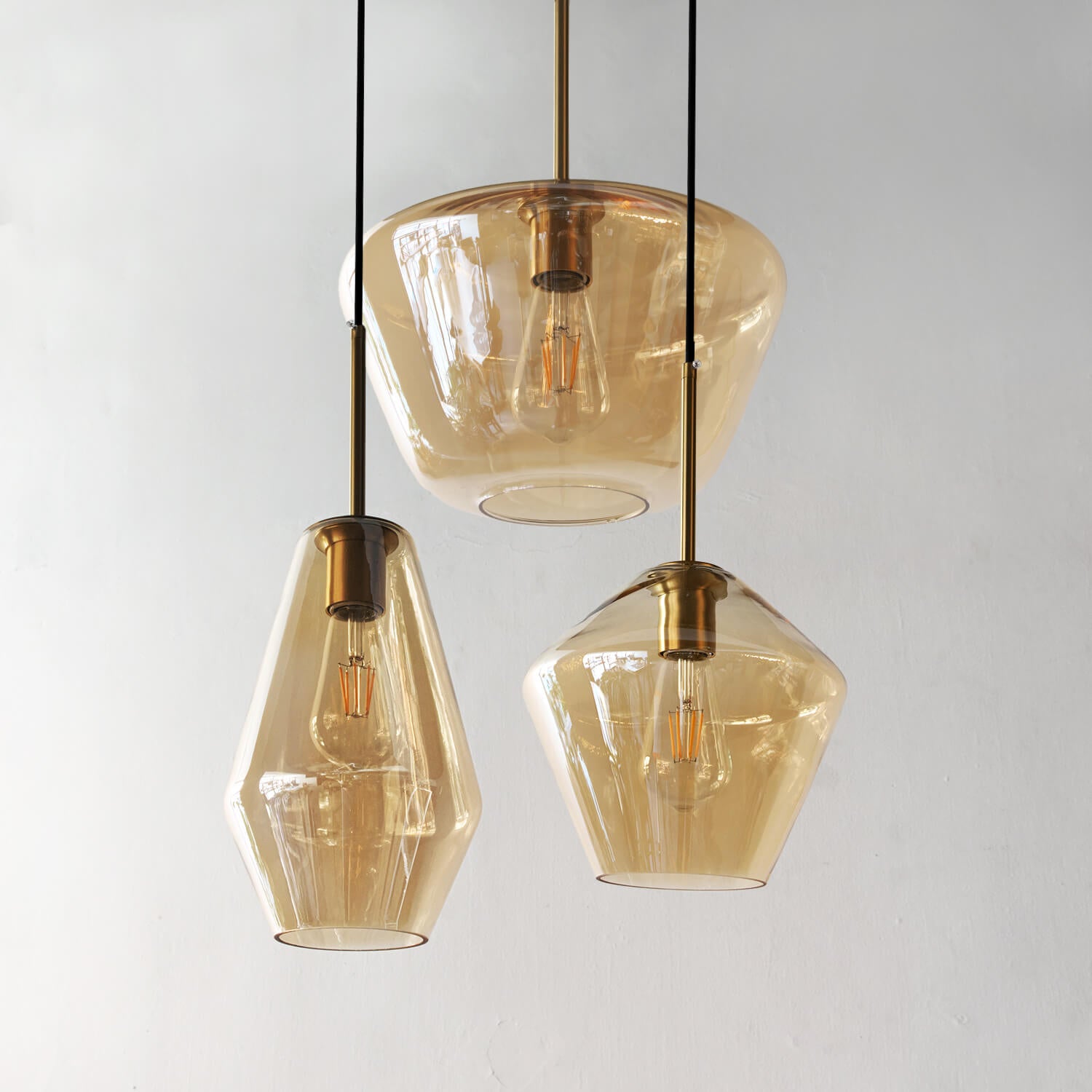The Significance of Light and Shade in Art
Throughout the history of art, artists have recognized the importance of light and shade in creating a sense of depth and realism in their work. The use of shading and shadows can turn a two-dimensional image into a three-dimensional one, creating the illusion of volume and space.
The Science of Light and Color Perception
To truly appreciate the impact of light and shade in art, it is important to understand the science of light and color perception. Our perception of color is simply our brain’s interpretation of the wavelengths of light that enter our eyes. Light is made up of electromagnetic waves that travel in different frequencies, which our eyes perceive as different colors. The sensation of lightness or darkness, on the other hand, is determined by the amount of light that enters our eyes.
The Use of Light and Shadow in Photography
Photography also relies heavily on the interplay of light and shadow. Light is crucial in creating the image, as it is the source that illuminates the subject. However, shadow is equally important in adding depth and contrast to the image, as it creates areas of darkness that can be used to frame and highlight the subject.
The Emotional Impact of Light and Shade
Beyond their technical significance, light and shade can have a powerful emotional impact on the viewer. Bright, warm lighting can evoke feelings of joy and comfort, while harsh shadows and darkness can create feelings of fear and uncertainty. In art, the use of light and shade can be used to elicit specific emotional responses from the viewer.
Light and Shade in Film
In film, the use of lighting can be used to set the mood of a scene or to create a sense of tension or suspense. The shape and intensity of the shadows created by the lighting can also be used to convey the emotional state of a character. For example, deep, dark shadows can evoke a sense of mystery or danger, while bright, well-lit scenes can make a character seem more innocent and approachable.
The Symbolism of Light and Shadow in Literature
In literature, the use of light and shadow can also be used to represent larger themes and ideas. Light is often associated with knowledge, hope, and goodness, while darkness can represent ignorance, fear, and evil. The contrast between light and shade can be used to create a dichotomy between good and evil, or to represent the struggle between the two.
The Influence of Light and Shade in Design
Light and shade also play a vital role in the design of architecture, product design, and graphic design. The use of shadows and shading can emphasize the form of a building or object, creating a more dynamic and interesting design.
Lighting Design in Architecture
In architecture, lighting design is critical in creating a functional and aesthetically pleasing space. The placement and intensity of lights can create a sense of structure and direction within a space, as well as highlight architectural details and create a certain mood or atmosphere.
The Role of Light and Shadow in Graphic Design
In graphic design, the use of light and shadow can create a sense of depth and realism in an otherwise two-dimensional image. The shadows in a logo can give it depth and create a sense of solidity, while lighting and shading can be used to create a sense of texture in a digital illustration.



